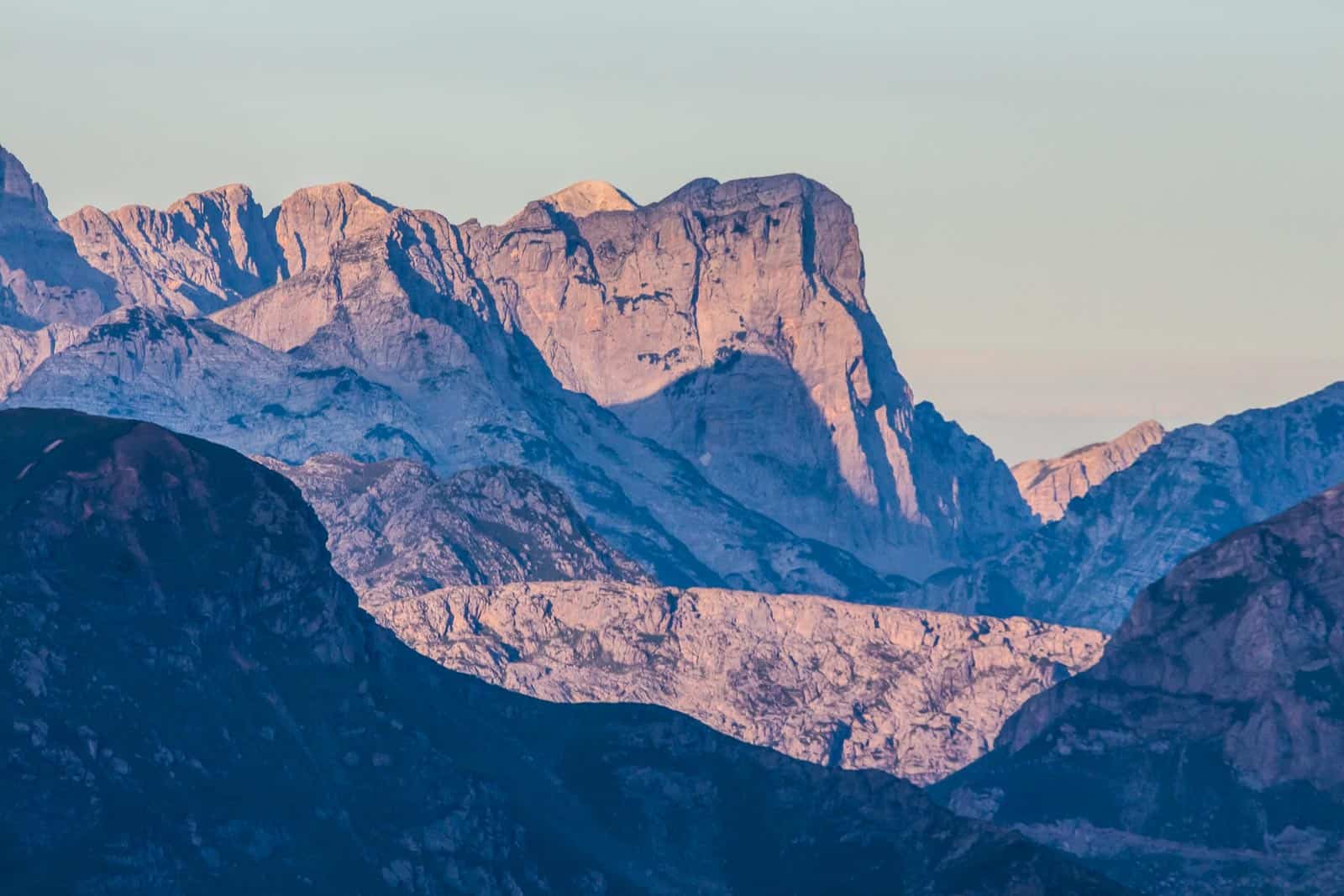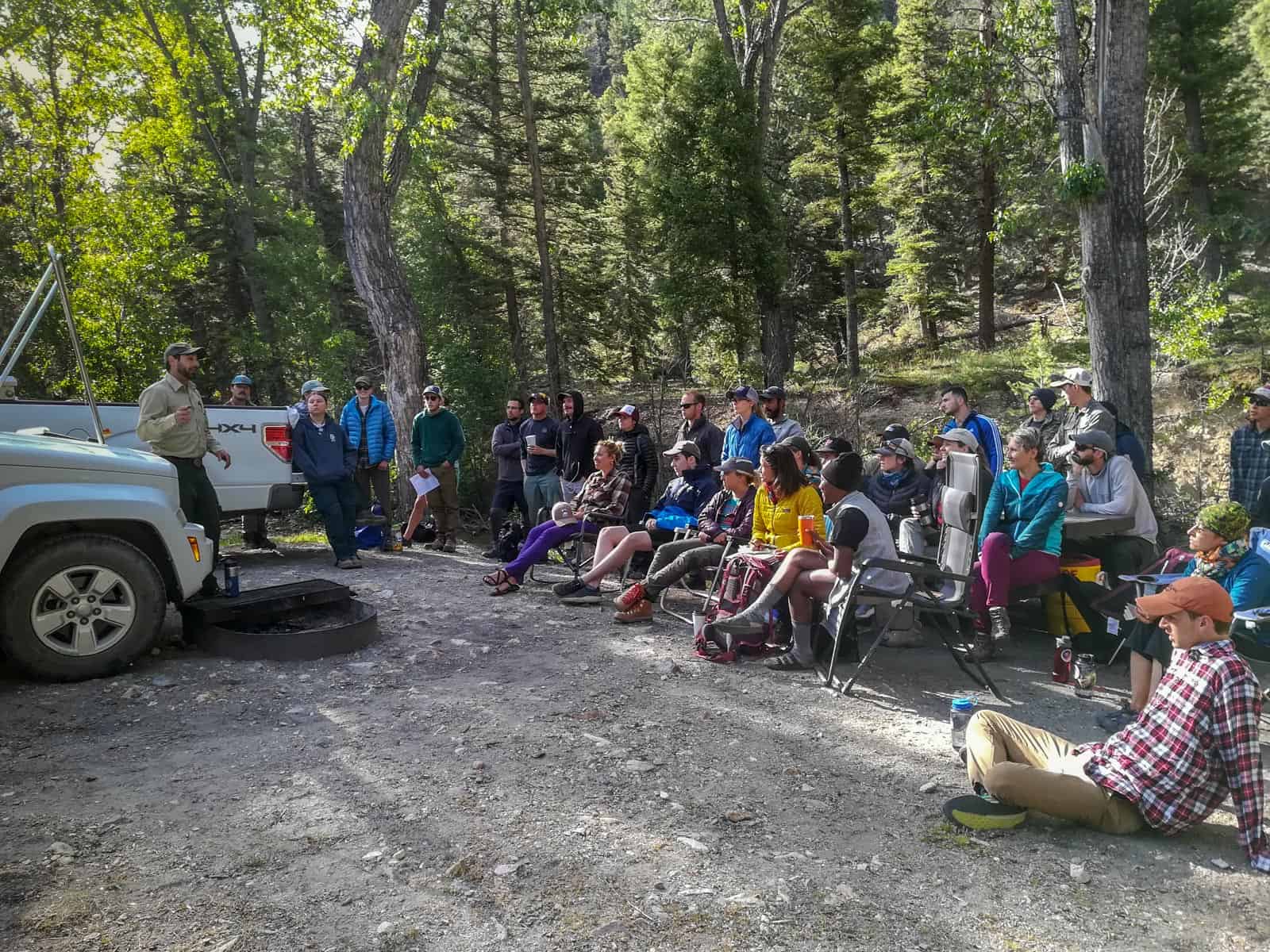Wilderness is synonymous with freedom, naturalness and beauty…
‘Wilderness is synonymous with freedom, naturalness and beauty…’
This short sentence is the essence of a book edited by Pereira, Henrique M., Navarro, Laetitia: ‘Rewilding European Landscapes.’
In the last few years Wilderness has become more of an important issue all over Europe. Not only volunteers or enthusiastic nature lowers but also serious researchers and scientists taking a very close look at this important subject in Europe.
Short summary of this book by Nuria Selva (Polish Academy of Sciences)
Wilderness is defined as a social and ecological concept in Rewilding European Landscapes. The concept appeared in the conservation realm after the end of the frontier exploration in North America in the 19th century.
Wilderness is synonymous with freedom, naturalness, beauty, sanctuary, and retreat from modern life. From the perspective of wildlife and nature management, Wilderness is the absence of management and the lack of human control over ecological processes and the communities and ecosystems created and sustained by them.
The book defines rewilding as the passive management of ecological succession
The book defines rewilding as the passive management of ecological succession to restore ecosystem processes and reduce the human control of the landscape. Inspired by the process of farmland abandonment in Europe, the authors give a European perspective to this conservation strategy. It is a timely contribution to the ongoing debate on rewilding.
The first part is about the theory of rewilding and tells the reader about the history of the concept, describes the benefits for the provision of ecosystem services, and reviews the metrics used to map and identify Wilderness areas in Europe. The second part examines the consequences of rewilding for biodiversity and the response of different animal groups (large carnivores, avian scavengers, Lepidoptera). Here, the authors offer a range of views on rewilding, such as land sharing, the new wild, promoting human-wildlife coexistence, and “controlled rewilding,” which is similar to ecological restoration.
The section on disturbance-dependent systems discusses the role of prescribed fires and herbivore reintroductions as management tools, thus offering another perspective on rewilding. The last part of the book is about how to put rewilding into practice. It describes initiatives that, although without a clear concept and scientific rigor, have widely disseminated the idea of rewilding. The final chapter examines how Wilderness and rewilding could fit into European and global conservation policies.
Rewilding European Landscapes would have benefited from more thorough coverage of systems other than farmlands, particularly forests, and of other geographical regions, such as Northern and Eastern Europe, which also have potential for rewilding. Little explored is the option of nonintervention approaches in both Wilderness and rewilding areas—these deserve more attention. The book provides a good overview of rewilding issues for readers who are not familiar with the topic and for practitioners, while getting them on the conservation agenda. In this sense, it is very commendable that the electronic version of the book is open access…







